Chau Lam Pagoda was built together with Chau Lam Institute during the reign of King Le Thanh Tong (1460-1497) in Thuy Chuong village (now Thuy Khue ward, Hanoi ).
According to historical records, in 1471, during the Later Le Dynasty, King Le Thanh Tong personally led troops to attack Champa. That time, the Le army won a great victory, capturing 30,000 Champa prisoners. King Le Thanh Tong ordered all of these Champa prisoners to be brought back to Dai Viet.
Among those prisoners were many strong people with skills in construction and carpentry. The King brought those talented people back to the capital to help with the construction work.
The place where those Cham prisoners lived was by Dam Dam Lake (where Chu Van An High School is now). That place was called Chau Lam Hamlet (or Institute). The Cham prisoners were Buddhists, so in Chau Lam Hamlet there was a small temple for them to go there to practice their beliefs. This was also an act showing concern for the spiritual life of the Cham people.
The pagoda was for the Cham people so it was named after the hamlet, Chau Lam Pagoda, and was looked after by a lonely woman.
The lonely woman was called Mrs. Danh by the villagers. Mrs. Danh was responsible for opening and closing the temple doors, burning incense, cleaning and doing chores like weeding and burning leaves. The Cham prisoners and the people around here used to call Chau Lam temple “Mrs. Danh” temple.
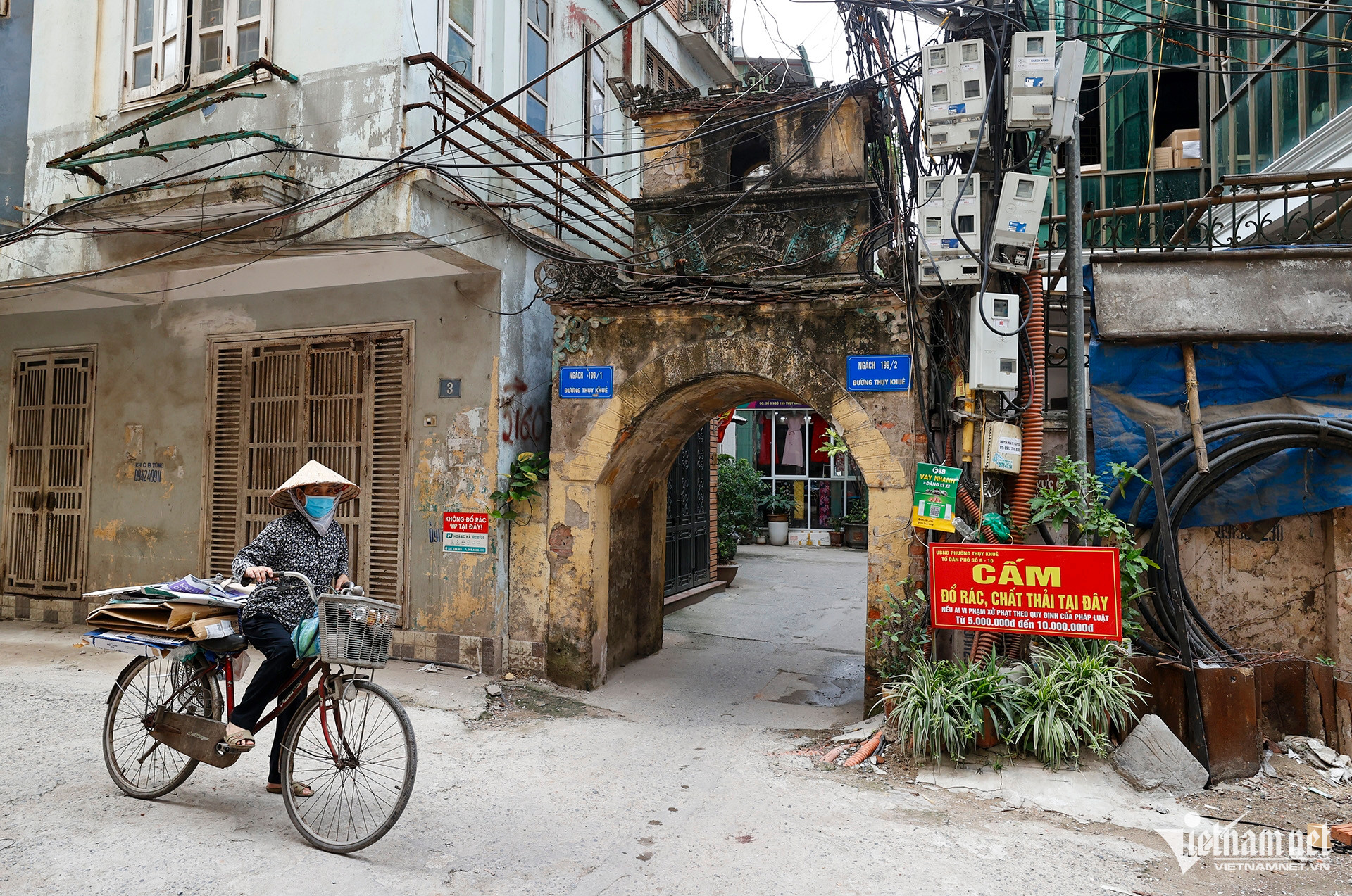
Previously, Thuy Chuong village had two pagodas: Chau Lam Pagoda and Phuc Lam Pagoda. In 1870, Phuc Lam Pagoda was merged with Chau Lam Pagoda and renamed Phuc Chau. In 1907, because the old pagoda area was taken by the French to build Lycée du Protectorat (Protectorate High School, now Chu Van An High School), the pagoda was moved to its current location in Lane 199, Thuy Khue Street. The large inscription "Phuc Chau Tu" is still preserved in the pagoda.
Chau Lam Pagoda is hidden inside alley 199 Thuy Khue, the villagers often call it "Ba Danh" Pagoda. This is the name of the woman who has been responsible for burning incense and cleaning since the early days of the pagoda's construction.
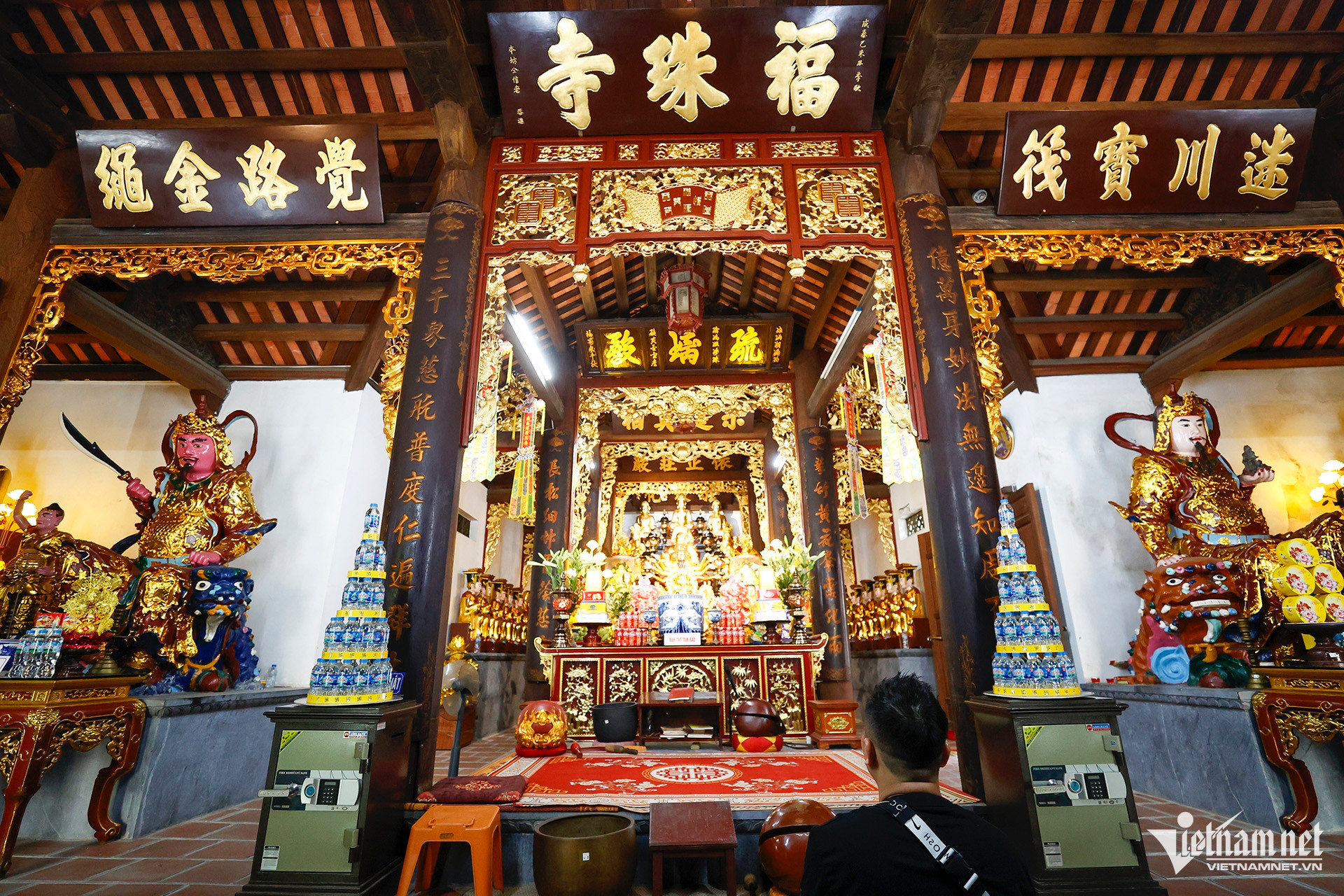
The main temple is a large T-shaped structure consisting of three parts: the front hall, the incense burning hall, and the upper hall. These houses are located next to each other and are enclosed by a system of surrounding walls, making the space of the temple more spacious and spacious.
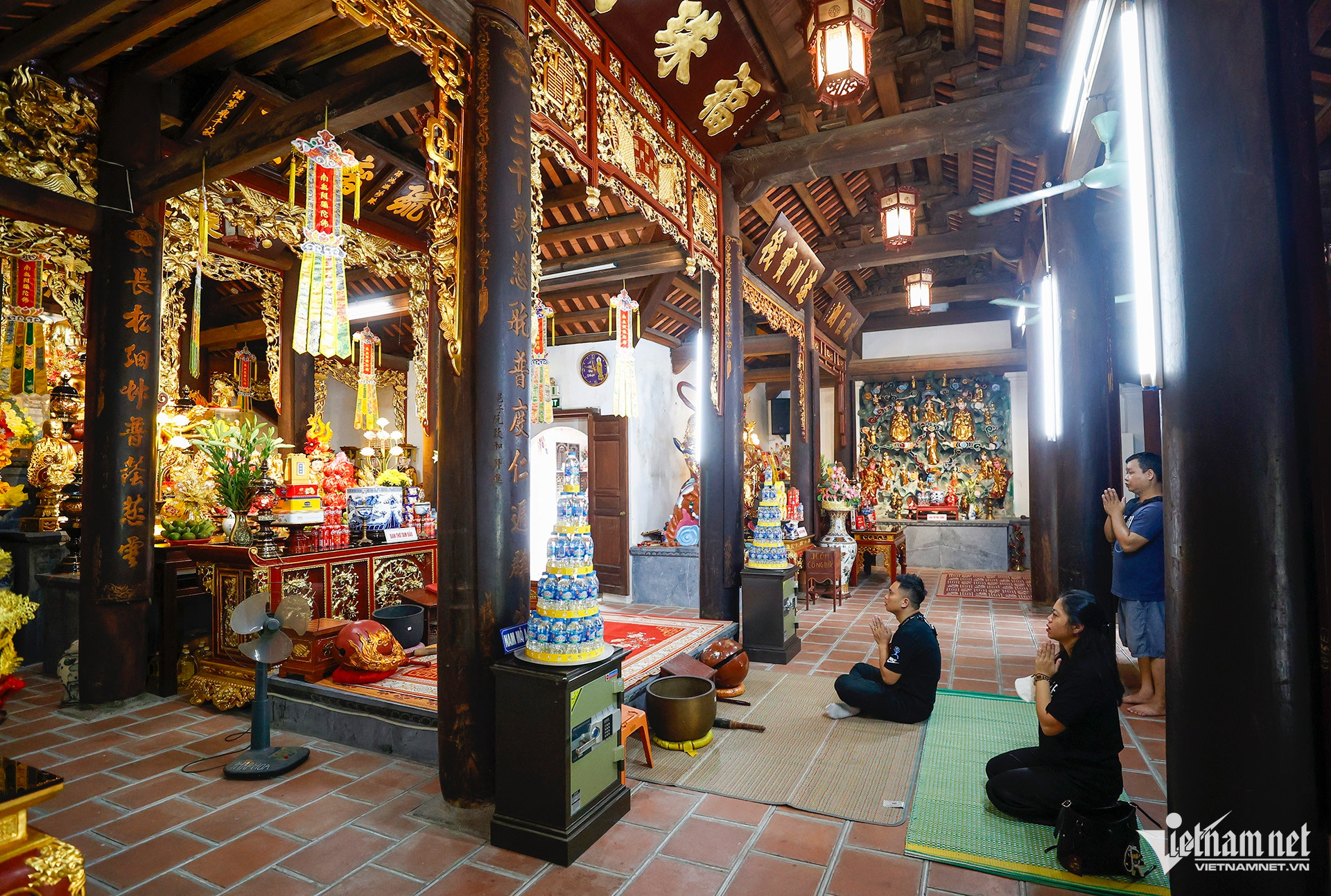
Although located on the crowded Thuy Khue street of Hanoi, convenient for travel, the temple is often deserted. On the 15th and 1st of the lunar month, the temple is still open to welcome visitors to visit and worship.

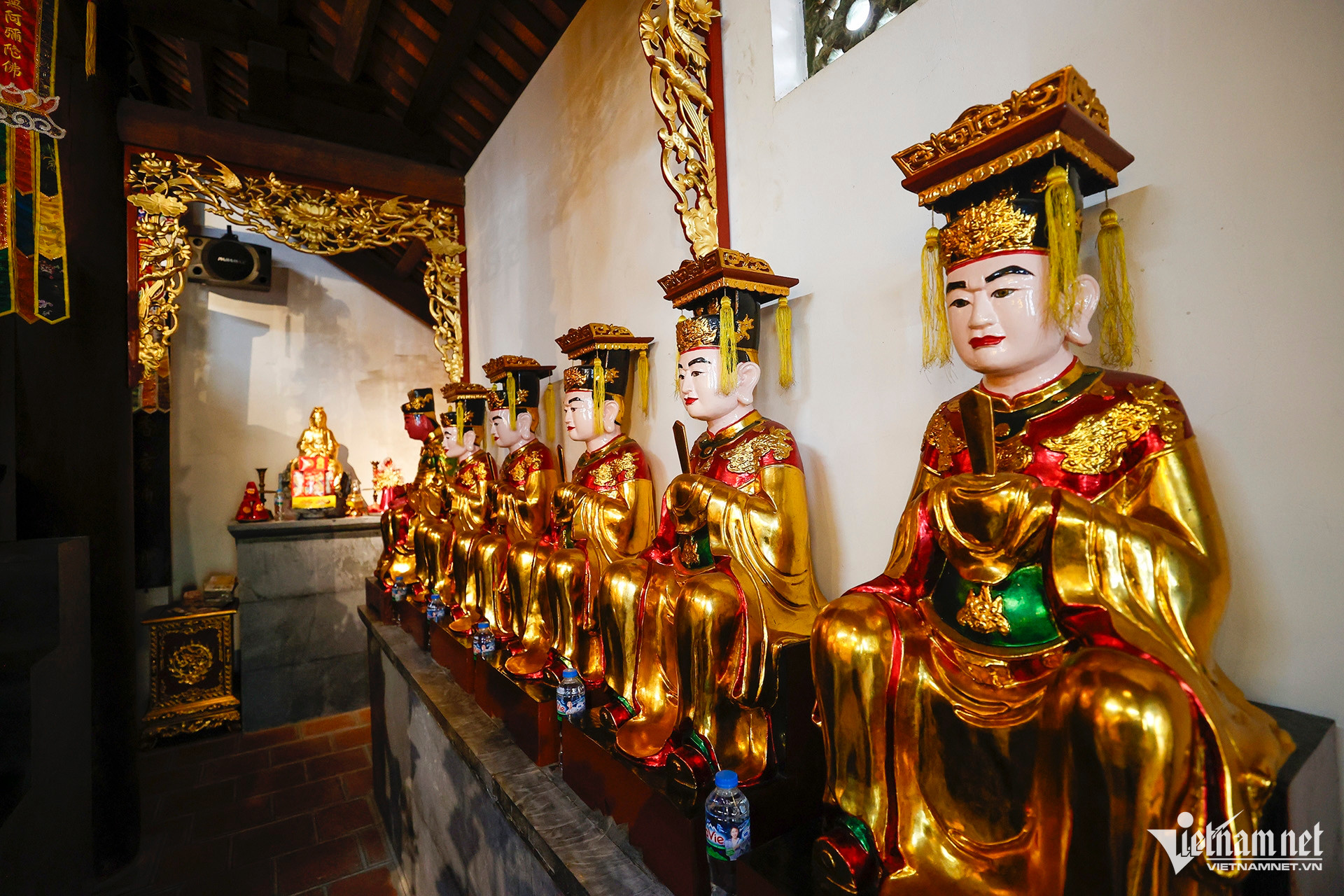
In the pagoda there are 48 large and small statues, including 3 mother statues, 5 ancestor statues and 40 gilded Buddha statues from the 18th, 19th and 20th centuries.
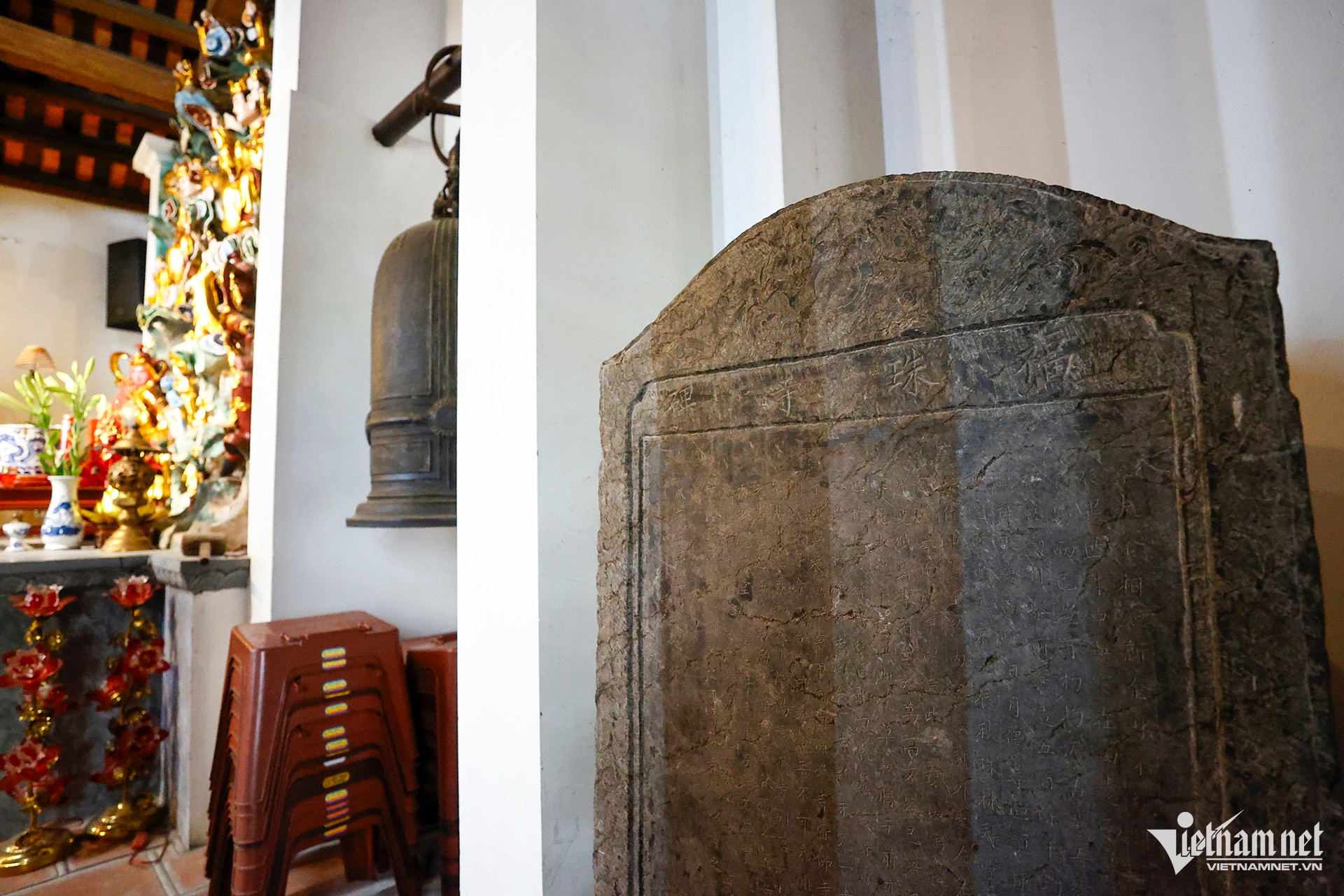
The stone stele and bell of “Chau Lam Thien Tu” (Chau Lam Pagoda bell) are kept in the pagoda. The bell was cast in the year of Nham Thin, the 13th year of Chinh Hoa reign (1692), measuring 0.60m x 0.28m.
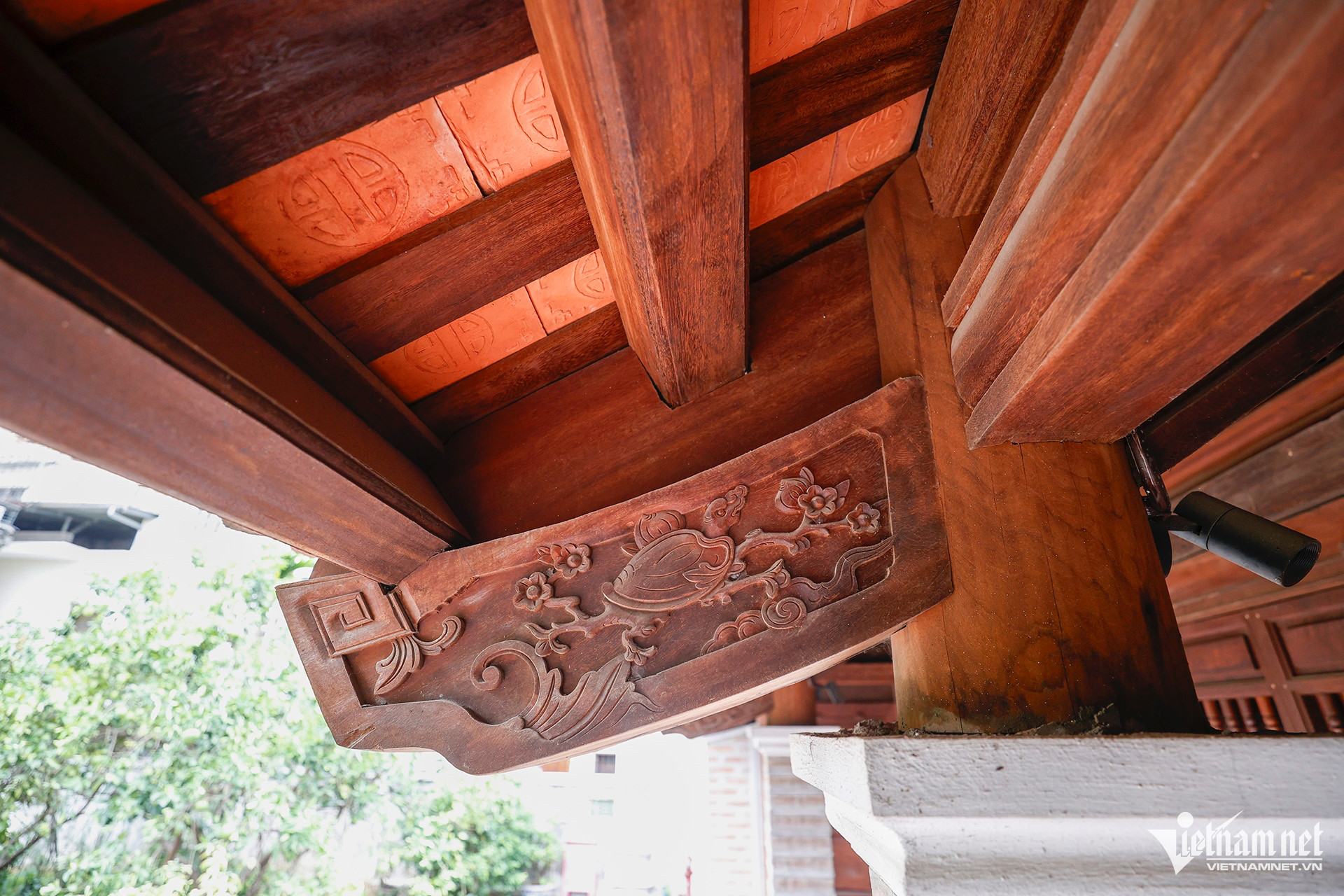
Currently, the pagoda has a unique beauty typical of ancient village pagoda architecture. Chau Lam Pagoda still preserves the traditional wooden architecture of Nguyen Dynasty art.
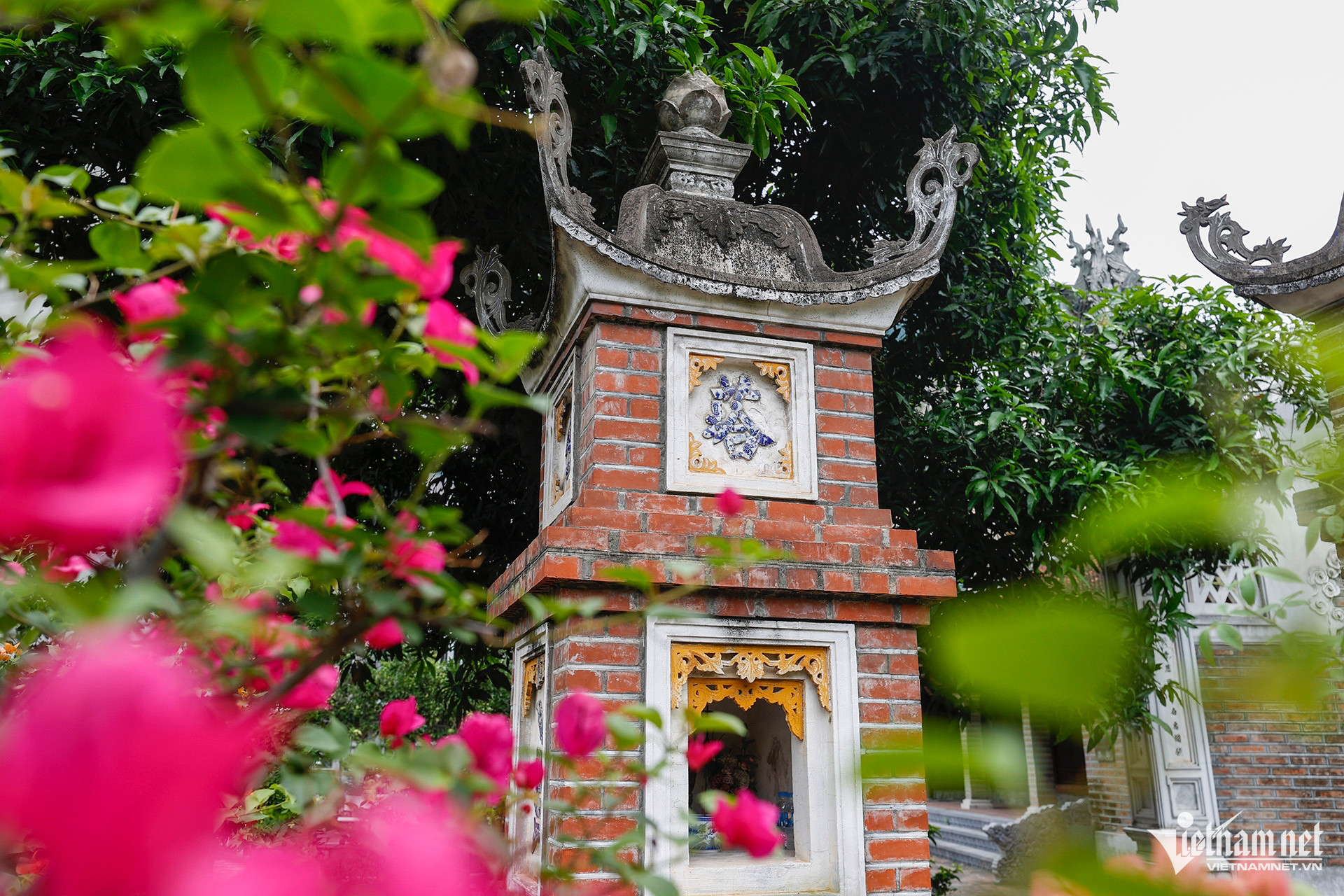
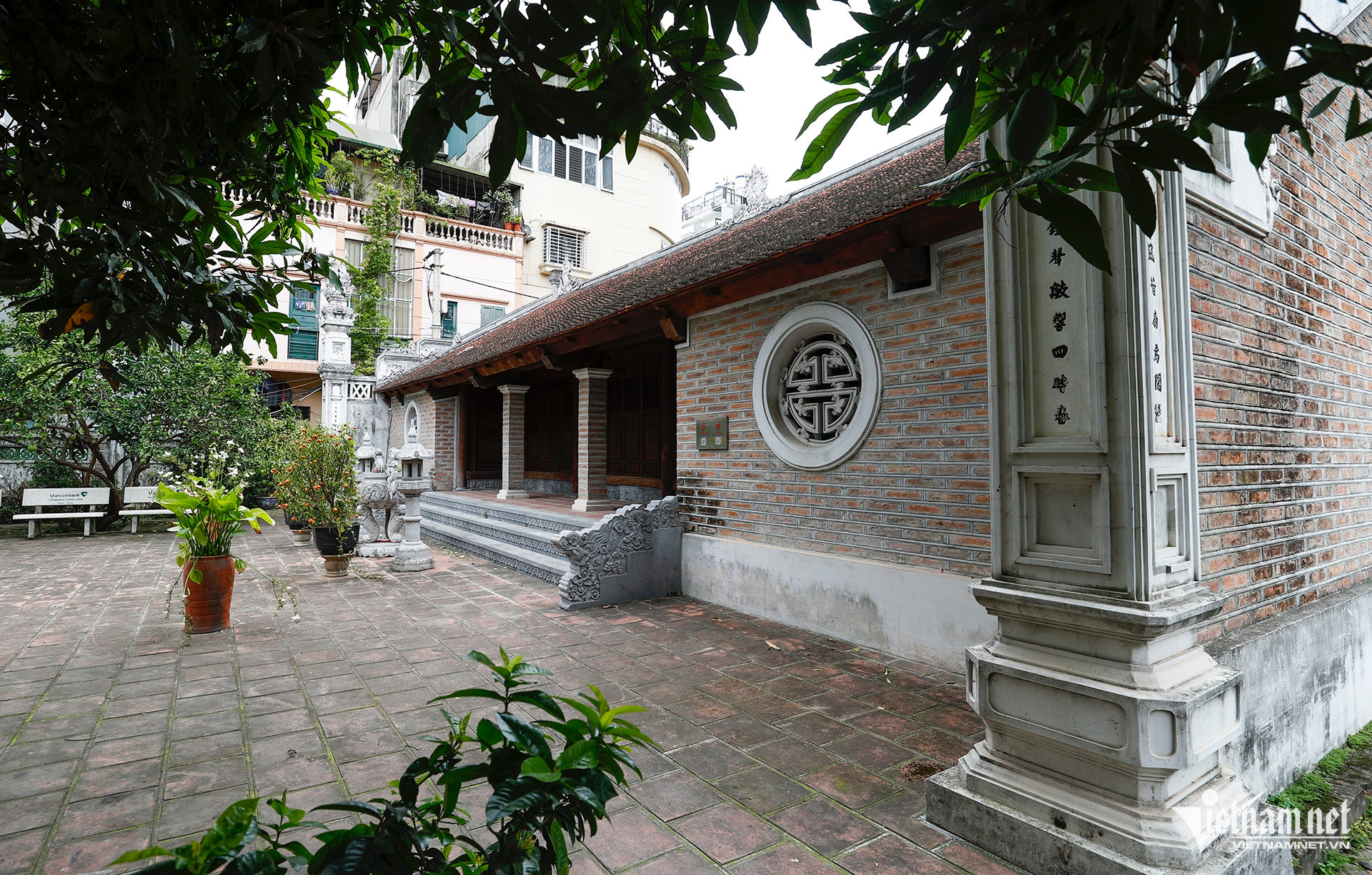
Chau Lam Pagoda has a large, majestic architectural scale and beautiful landscape, creating solemnity. The ancient pagoda also has a system of green trees and ornamental plants, adding to the tranquil beauty.
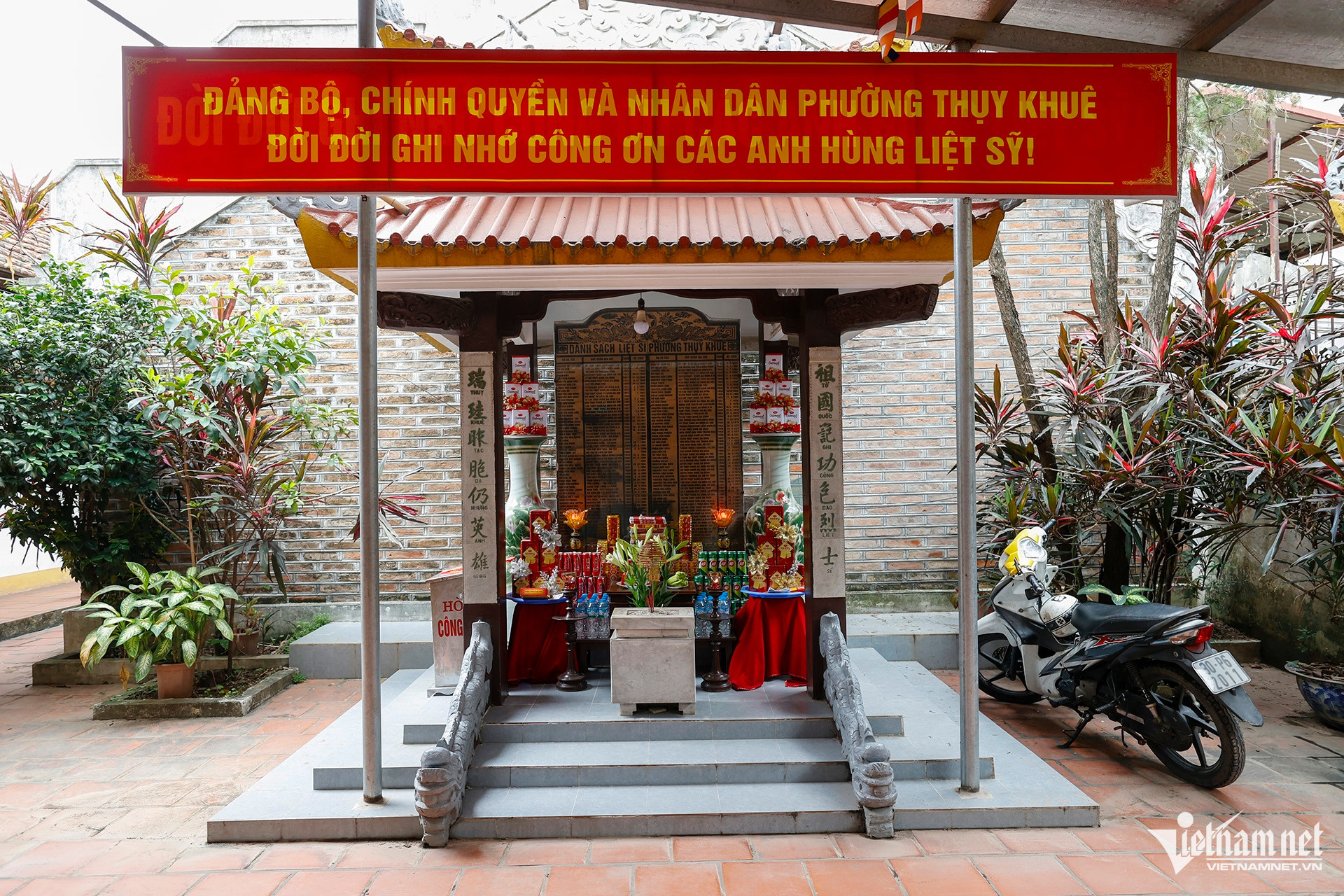
Inside the temple yard there is also a shrine to martyrs of Thuy Khue ward.
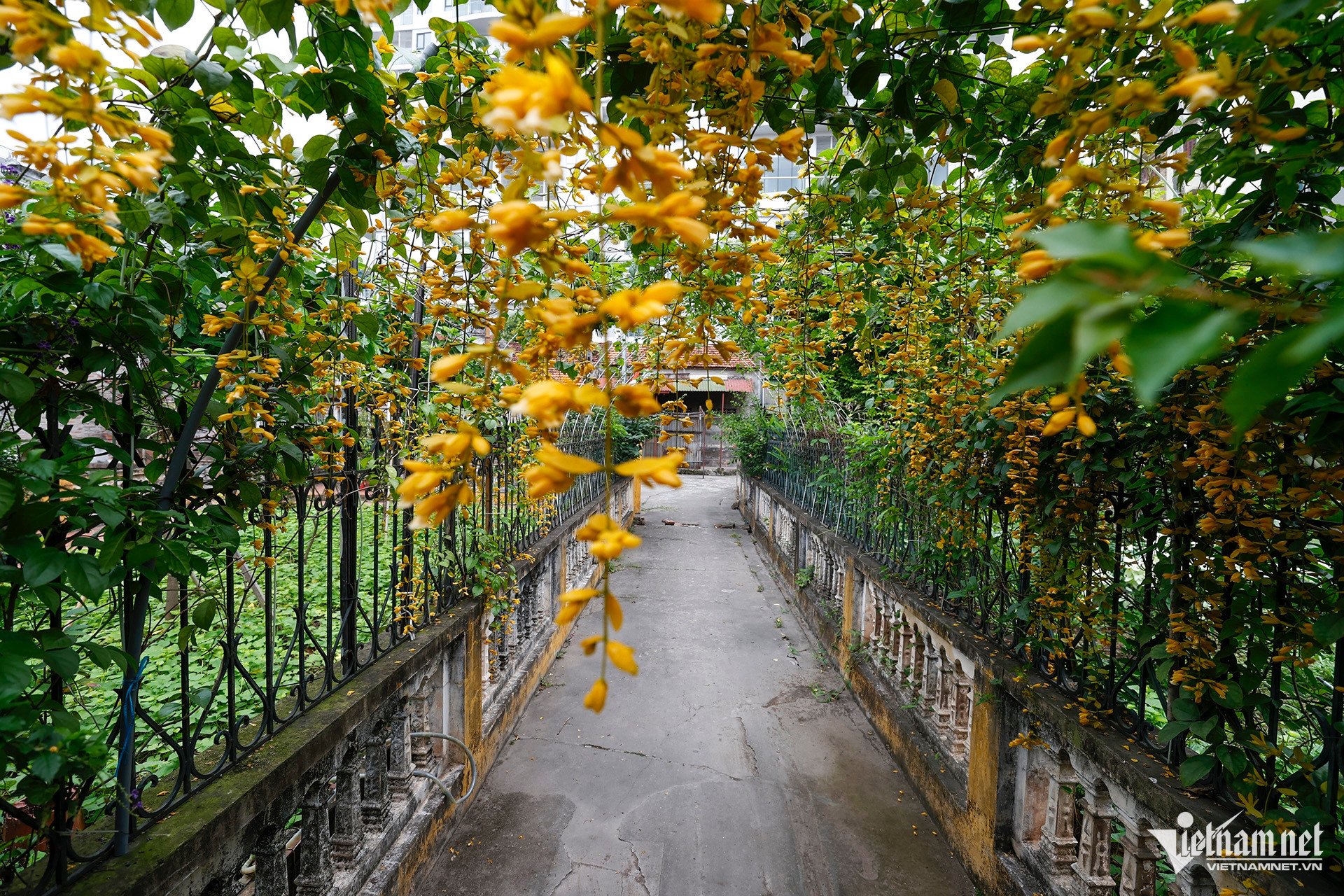
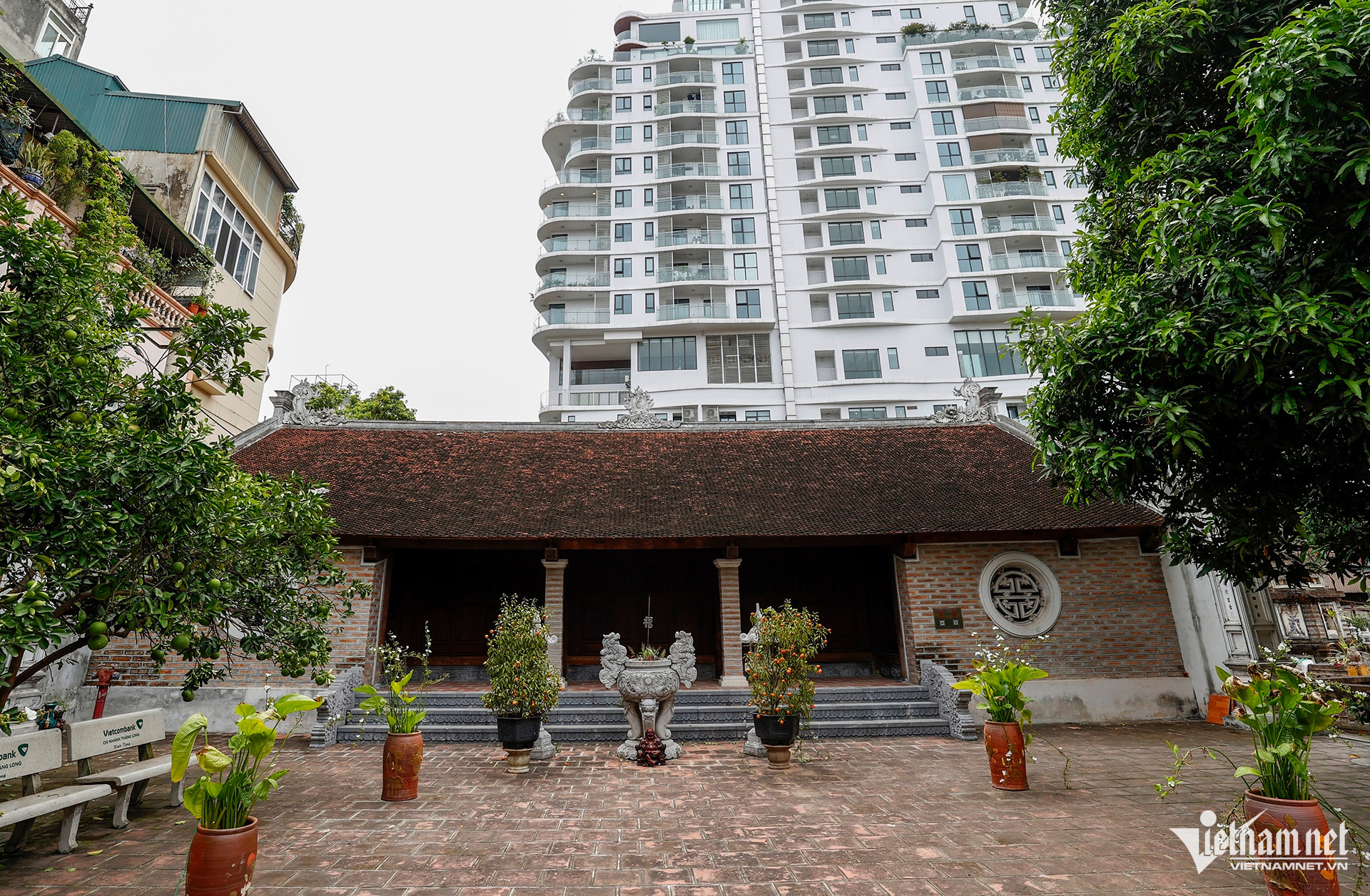
The pagoda is over 4,000 square meters wide. Located right in the heart of bustling Thuy Khue street, next to a high-rise apartment building, the pagoda still retains its quiet, peaceful appearance.
Source: https://vietnamnet.vn/ben-trong-ngoi-chua-ba-danh-giua-long-ha-noi-2410918.html



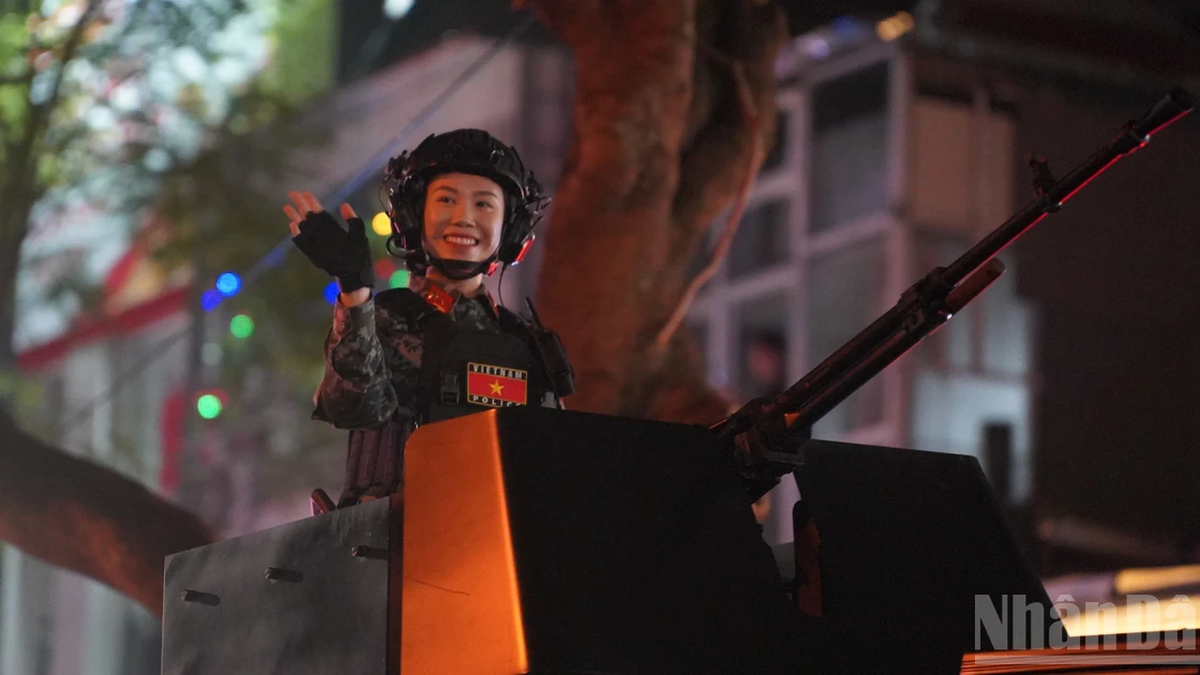
![[Photo] Brilliant red of the exhibition 95 years of the Party Flag lighting the way before the opening](https://vphoto.vietnam.vn/thumb/1200x675/vietnam/resource/IMAGE/2025/8/27/e19d957d17f649648ca14ce6cc4d8dd4)


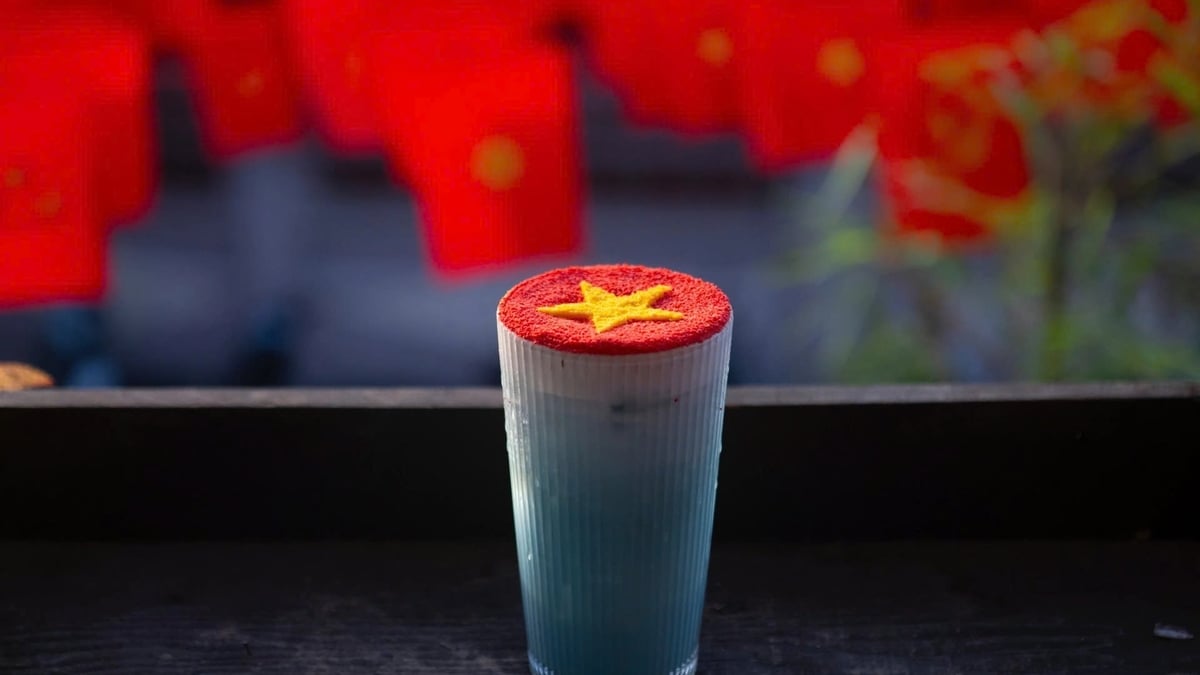
![[Photo] Many people eagerly await the preliminary review despite heavy rain](https://vphoto.vietnam.vn/thumb/1200x675/vietnam/resource/IMAGE/2025/8/27/4dc782c65c1244b196890448bafa9b69)


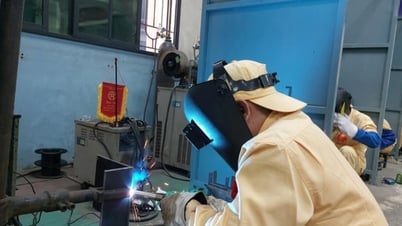




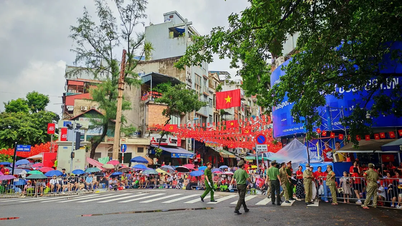

![[Photo] Many people eagerly await the preliminary review despite heavy rain](https://vphoto.vietnam.vn/thumb/402x226/vietnam/resource/IMAGE/2025/8/27/4dc782c65c1244b196890448bafa9b69)





![[Photo] Brilliant red of the exhibition 95 years of the Party Flag lighting the way before the opening](https://vphoto.vietnam.vn/thumb/402x226/vietnam/resource/IMAGE/2025/8/27/e19d957d17f649648ca14ce6cc4d8dd4)
![[Photo] Prime Minister Pham Minh Chinh receives CEO of Samsung Electronics](https://vphoto.vietnam.vn/thumb/402x226/vietnam/resource/IMAGE/2025/8/26/373f5db99f704e6eb1321c787485c3c2)













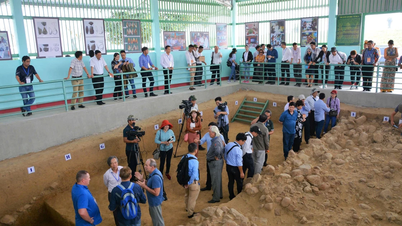




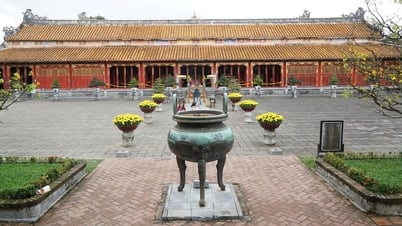
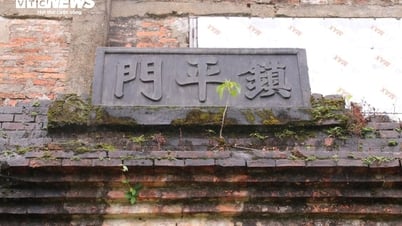





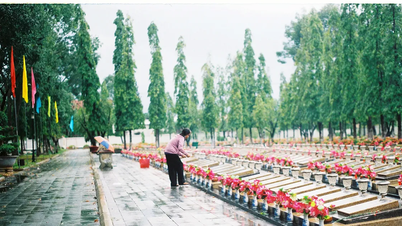
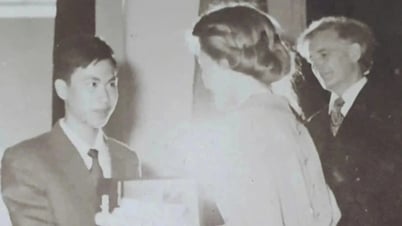






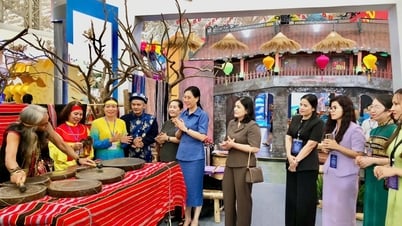





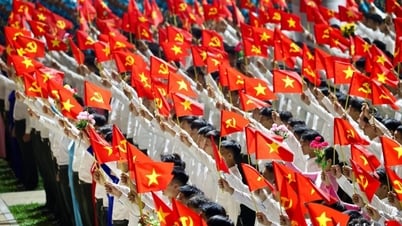



























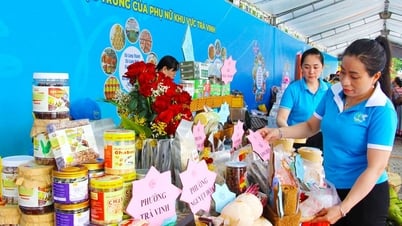


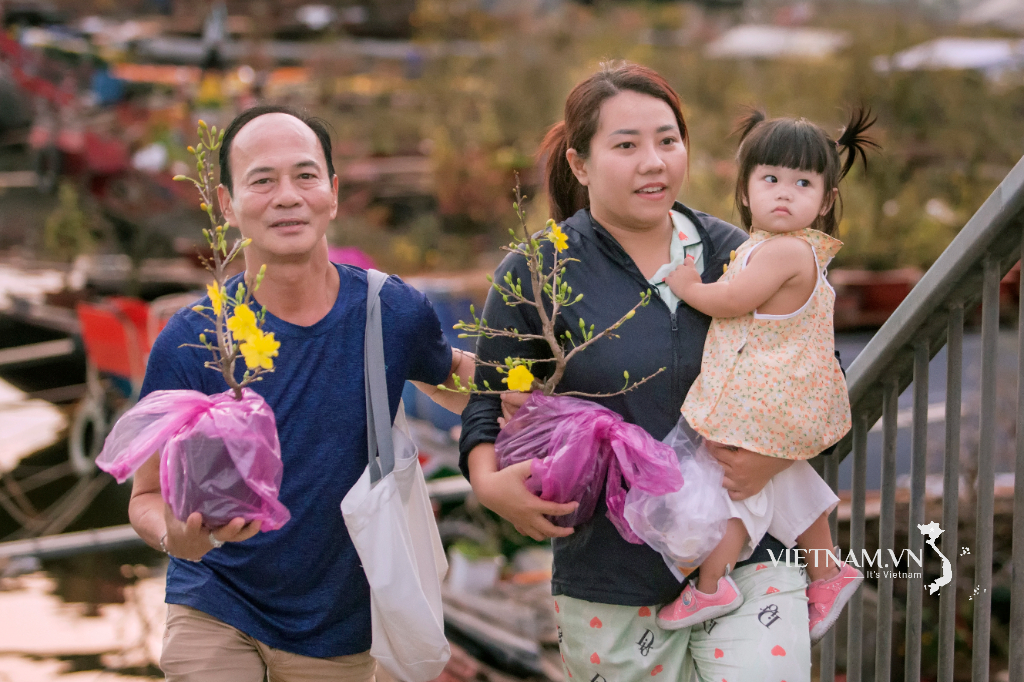



Comment (0)